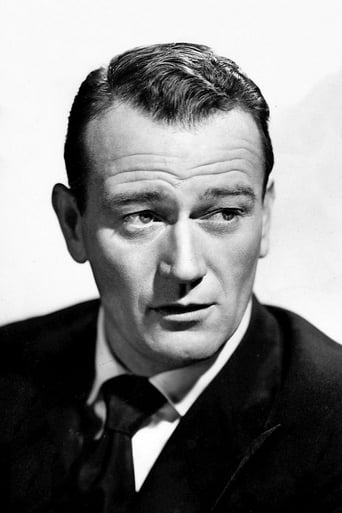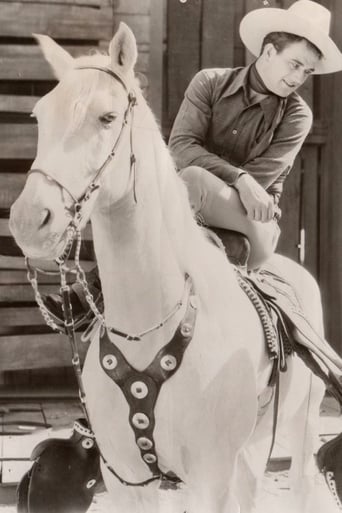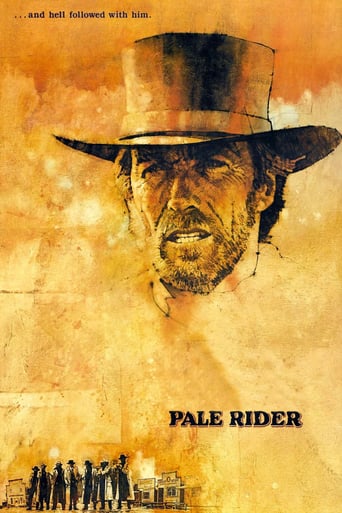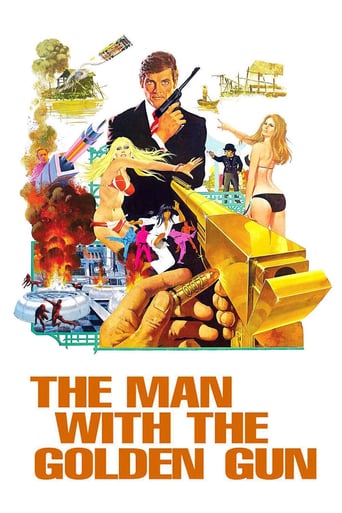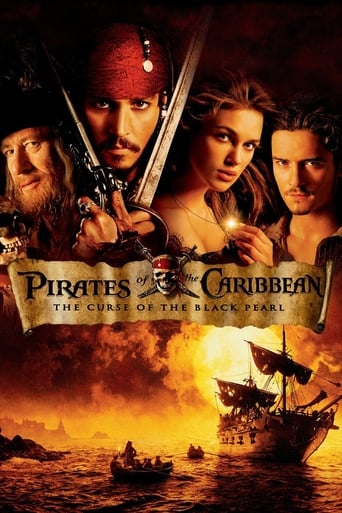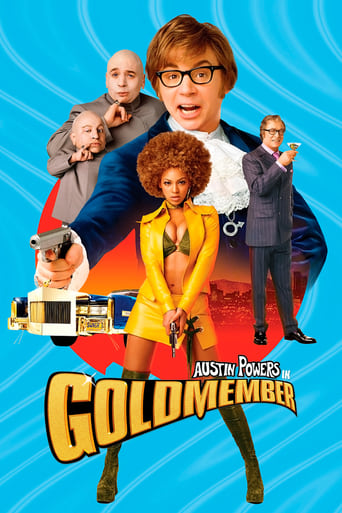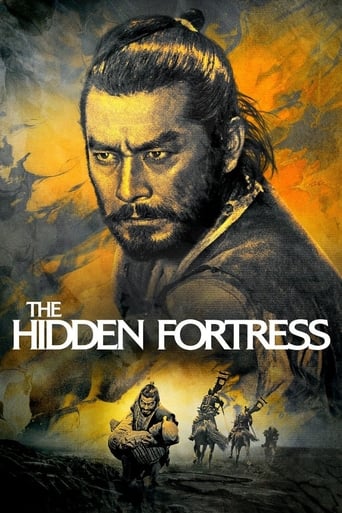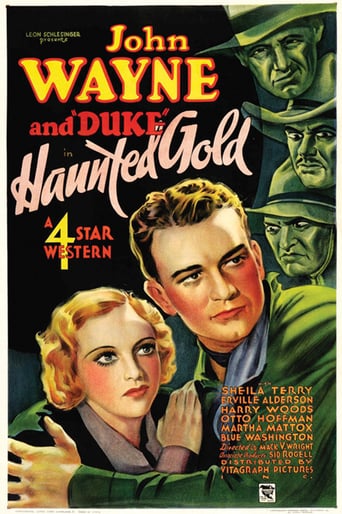
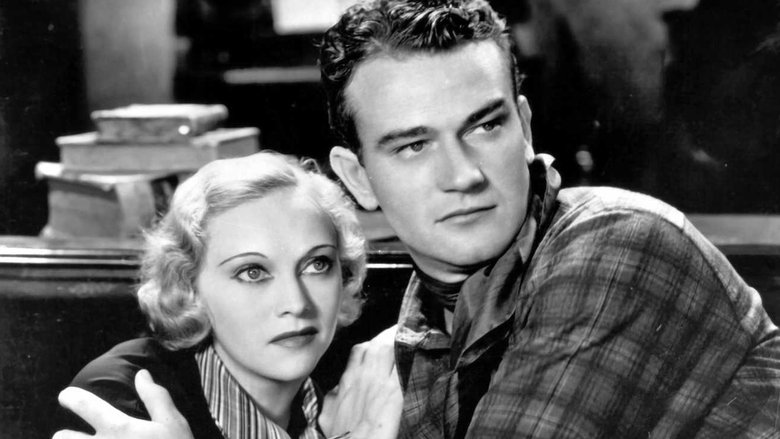
Haunted Gold (1932)
John Mason returns to the Sally Ann mine to claim his half share. Janet Cater also returns although her father lost his half share to Joe Ryan. Ryan and his gang are also there to get the gold. A mysterious Phantom is also present. Mason's plan to expose Ryan as an outlaw and to force him to turn his share to Janet works. But when distracted by the Phantom, John is made a prisoner by the gang.
Watch Trailer
Cast
Similar titles
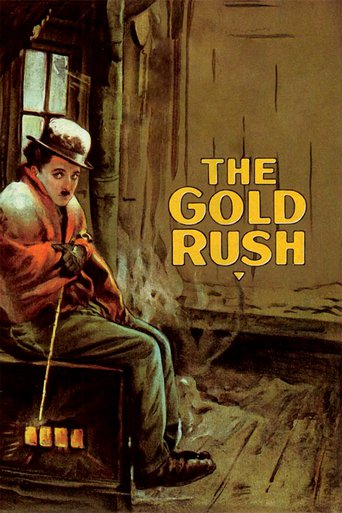
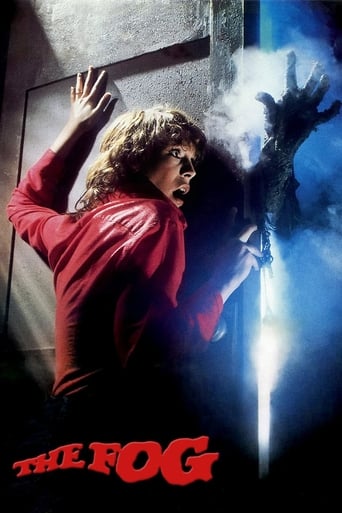
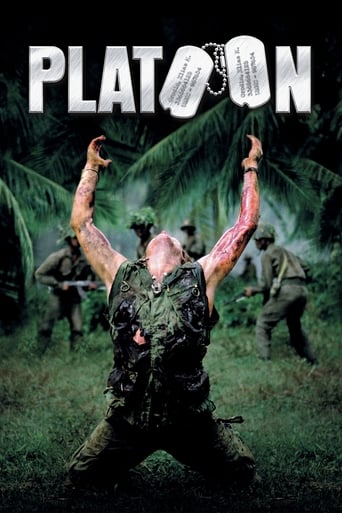
Reviews
Touches You
Fresh and Exciting
This is one of the few movies I've ever seen where the whole audience broke into spontaneous, loud applause a third of the way in.
The film creates a perfect balance between action and depth of basic needs, in the midst of an infertile atmosphere.
If you're a fan of these old time B Westerns, you'll probably get a kick out of a minor sub-genre of ghost themed oaters that cropped up from time to time back in the day. "Haunted Gold" just might be the earliest, at least the earliest of a handful I've come across in recent years. There's 1936's "Ghost-Town Gold" with the Three Mesquiteers, a 1945 programmer with Buster Crabbe and Fuzzy St. John called "His Brother's Ghost", Fuzzy again with Lash La Rue in 1947's "Ghost Town Renegades", and 1950's "Streets of Ghost Town" with Charles Starrett as The Durango Kid. Oddly, this early John Wayne flick for Warners might be the best of the lot, with decent production values and some interesting elements to elevate one's interest. For one, Wayne's sidekick in the picture was a black man, portrayed by Blue Washington as John Mason's (Wayne) self appointed bodyguard and day time cook at Mason's ranch. Another was Wayne's horse Duke, who got shared billing with him at the top of the credits. I'll get back to Duke in a bit.The haunted theme gets an early workout with some cartoony bat images during the opening credits sequence; seeing Leon Schlesinger's name associated with the picture as producer made sense at that point, as he went on to helm Warner's Looney Tunes unit shortly after. There's also good use of a howling wolf, a darkened cemetery, mysterious shadows and a lights out sequence at the villain shack. Blue Washington's presence was undoubtedly meant to personify the wide eyed, scaredy cat stereotype, though his physical stature didn't seem to lend itself much to comic relief. As others have mentioned on this board, some uncomfortable and demeaning racial slurs were directed at him, like darkie, smoky, and a reference to his watermelon accent. He even had a line - "Lordy boss, a spook, the Phantom himself done snitched it" - that seemed to cast a racial tone. Of course this was not uncommon during the Thirties and Forties, with films that often used epithets with characters of ethnic origin; just catch a Charlie Chan flick for some more examples.As for the story, it pretty much boils down to one of your classic B Western plot elements, with evil villain Joe Ryan (Harry Woods) attempting to swindle John Mason and Janet Carter (Sheila Terry) out of their shares of the long abandoned Sally Ann gold mine. Both had been summoned to Ghost City by an unknown letter writer revealed by the end of the story, but you'll have to watch to find out who.Back to Duke, the horse that is. You know, he had quite a bit of quality screen time in the picture, and in a move I haven't seen before, he uses his horsepower (sorry, couldn't resist) to help rider Mason pull down a shack on the bad guy posse. Later on, he comes to the other Duke's rescue in the stalled cable car by knocking one of the henchmen off a cliff (yikes!), and absolutely going berserk to pull the rope tether off the hitching post. I think Duke might have given Trigger a run for the Smartest Horse in Movies.Interestingly, Wayne portrayed a character named John Mason in one of his programmers for Monogram's Lone Star unit in 1935, "The Dawn Rider". In another harbinger of things to come, Wayne closes out the picture in a smooch with his leading lady, Sheila Terry, in about the same way he does with her in 1934's "Neath the Arizona Skies". That same year, "The Lawless Frontier" has Wayne's Sheriff Tobin calling the new Mrs. Tobin by phone to close out the story, so in that one, they actually wound up getting married.
Haunted Gold is perhaps the closest John Wayne ever got to making a horror picture. It comes complete with secret passages, a ghostly figure, a graveyard, and a creepy butler.There's great spooky atmosphere in the early scenes but the scary stuff is soon abandoned in favor of a more conventional tale featuring bandits and the theft of a gold mine.The photography and sets are exquisite and the action scenes are top-notch, even if the script is typical. Fans of John Wayne and nineteen-thirties B-westerns will find it interesting if not entirely spectacular.However, Haunted Gold is tainted a bit by the racial stereotypes represented by Wayne's annoying sidekick Clarence, played by Blue Washington. The modern viewer might get a little embarrassed while watching it.
Haunted Gold is not a bad western for John Wayne from the series he made at Warner Brothers in 1932-1933. He's the owner of a ranch who's investigating some strange goings on at a mine where his father was once the part owner. The daughter of his dad's partner, Sheila Terry, received a letter about the mine and she's on the scene as well.There's a mysterious 'phantom' at work and Haunted Gold is starting to bare a resemblance to Abbott and Costello's Hold That Ghost. Never mind that it's a remake of an old Ken Maynard silent western.The comedy here comes from Blue Washington who plays Clarence Washington Brown, cook at Wayne's ranch and self-appointed bodyguard to his person. Sad to say that Blue Washington conforms generally to prevalent black stereotypes of the period. But actually if you take away the racial component, Washington really does act a whole lot like Lou Costello.As in all of Wayne's Warner Brothers films of the time, the Duke is aided and abetted by Duke the Wonder Horse. Most exciting scene is a fight with John Wayne and one of Harry Woods's gang of bad guys in a cable car above the mine. Duke the Horse comes to Wayne's rescue twice during that scene, actually quite exciting.It's too bad the racial stereotyping was there, but wouldn't a film with John Wayne with Lou Costello as a sidekick been real interesting? The mind boggles.
This western reminds me of an "old house film".....a ghost town with a "real" ghost! Secret panels, shadows on the walls, eyes peering thru slits in the walls, etc.It also gives Blue Washington the chance for some great "scared reaction" comedy (ala' Mantan Moreland or Willie Best).I don't much care for westerns, but the "supernatural" elements in this film make it worth watching!
